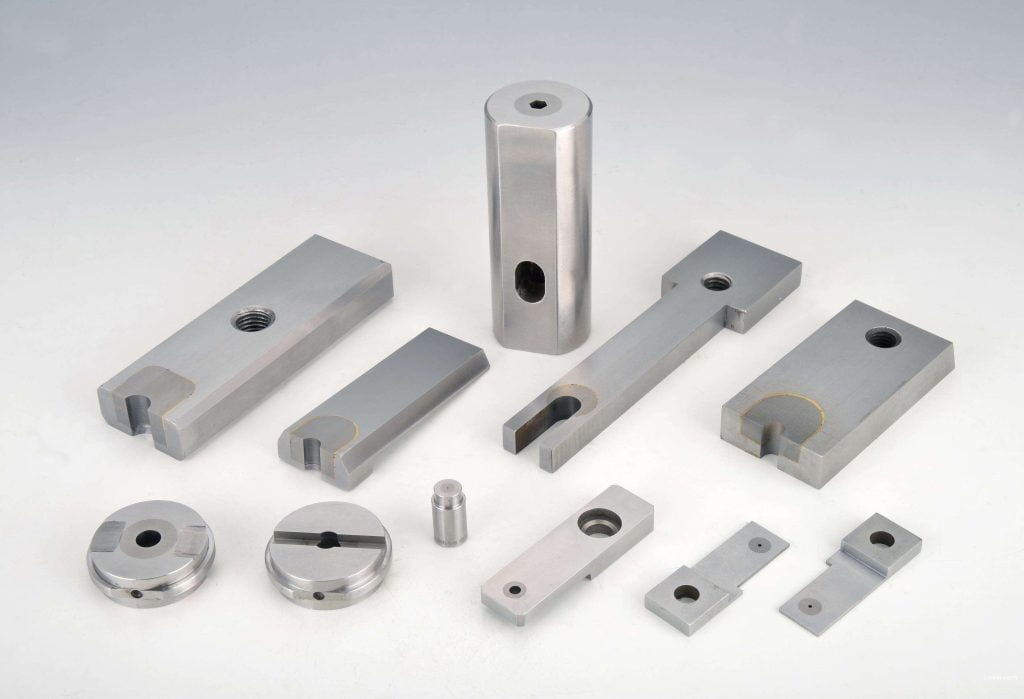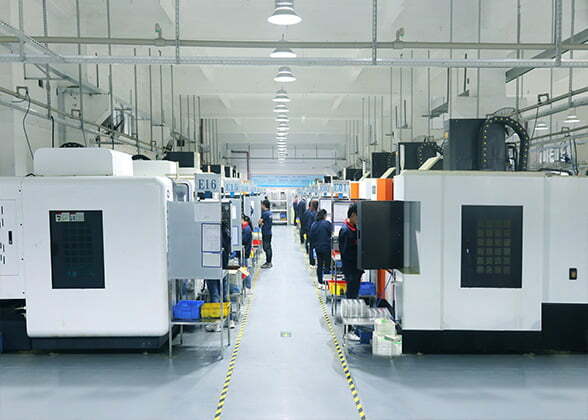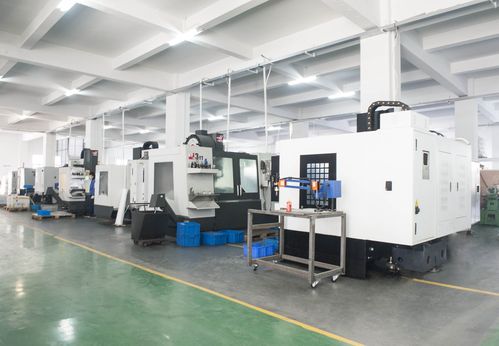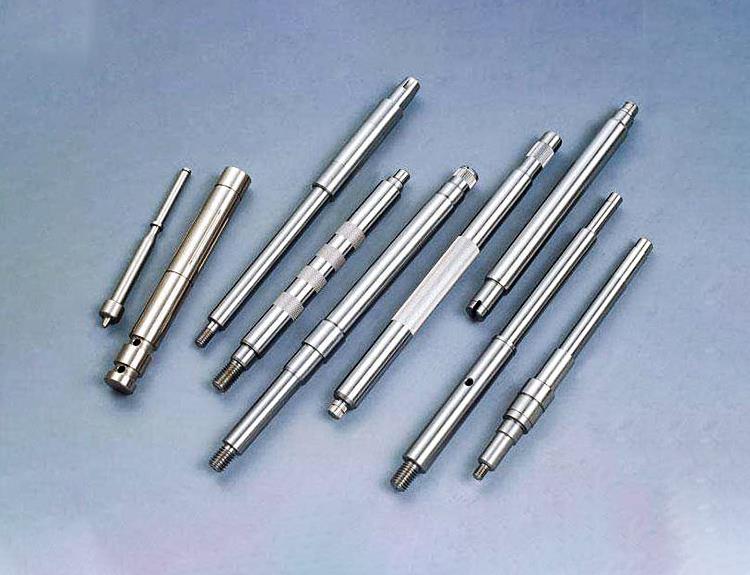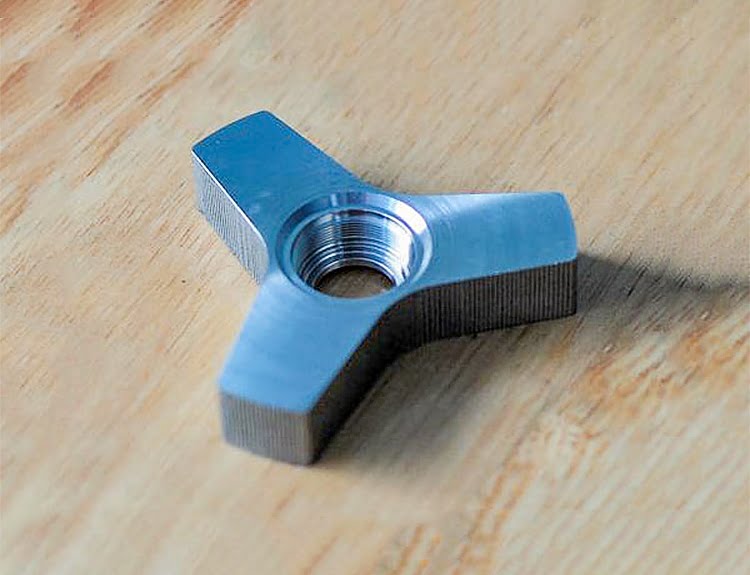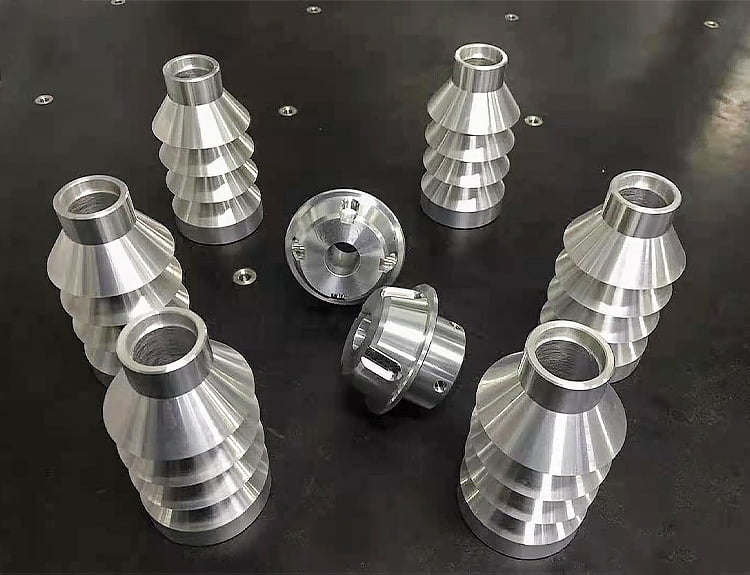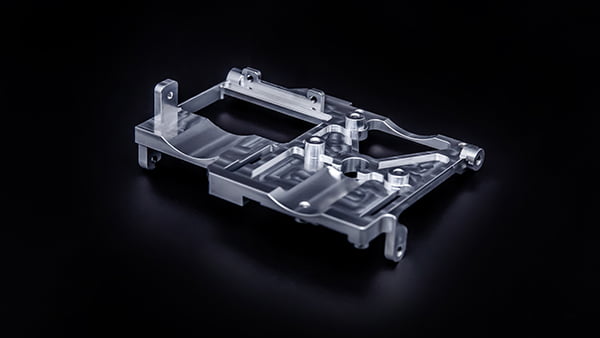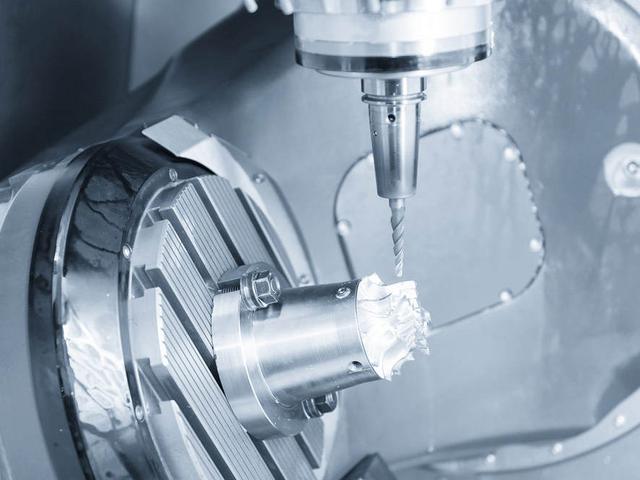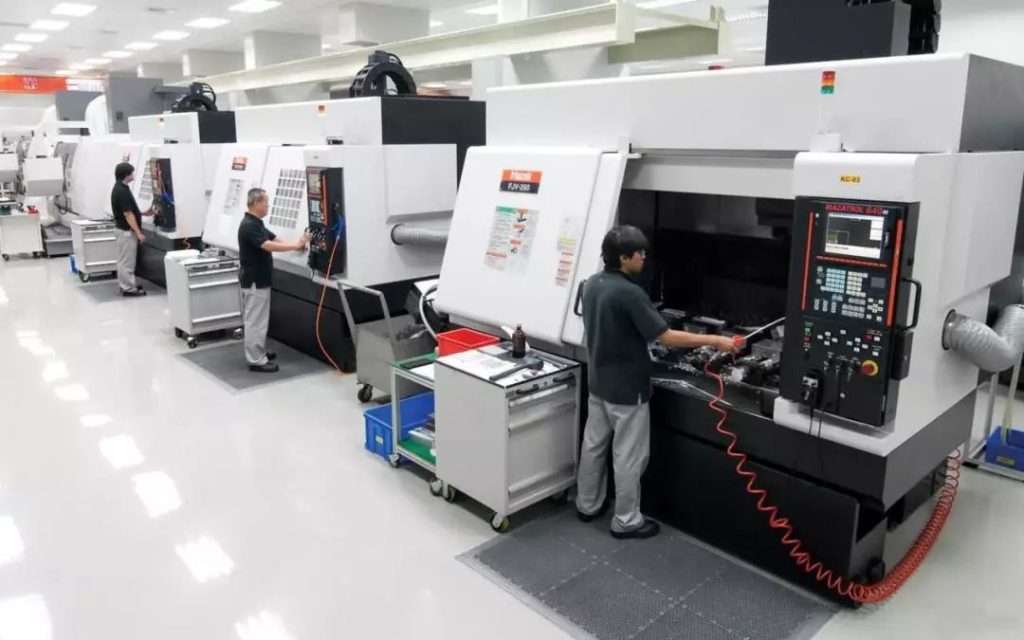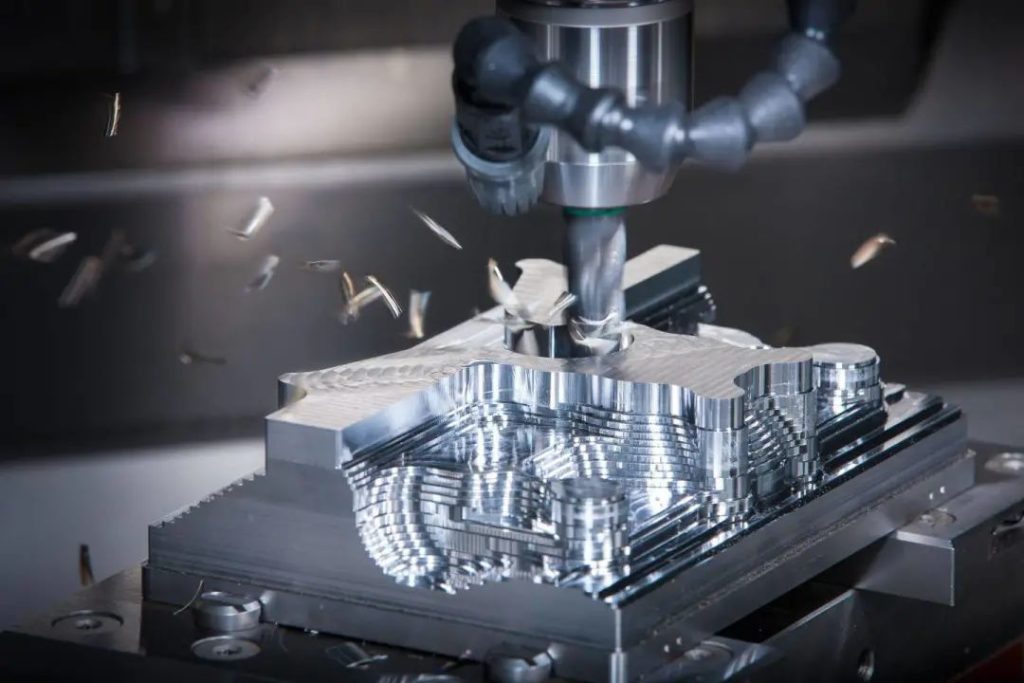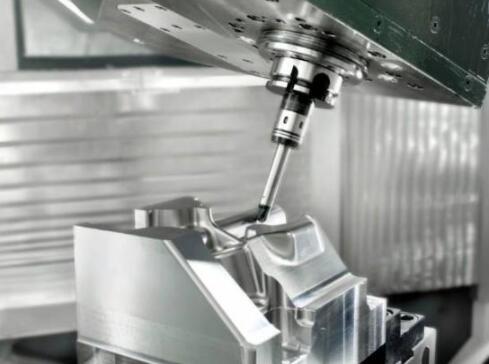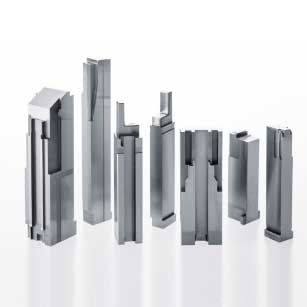CNC milling machines are classified by the number of axes they operate. These movements determine the features of the parts that can be manufactured and also affect productivity and accuracy.
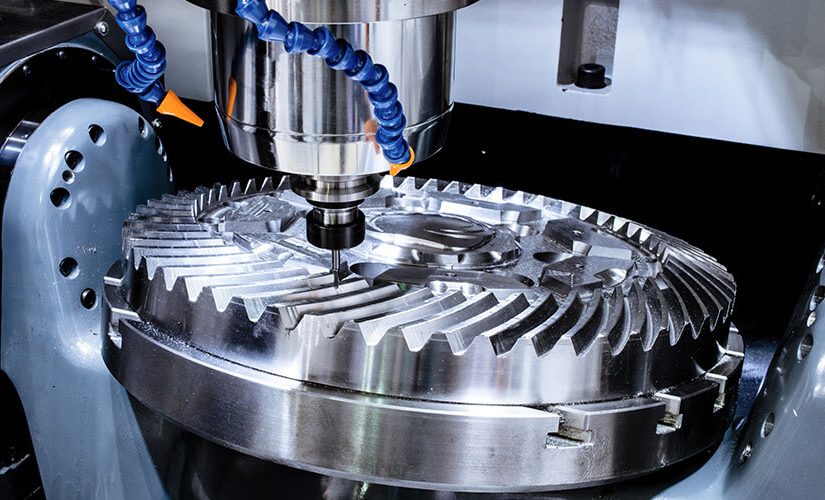
In general, the more degrees of freedom available, the more complex the geometry that can be produced. The most common types are 3-axis, 4-axis and 5-axis milling machines.
What is the difference between 3, 4 and 5 axes in CNC machining? What are the advantages of each of them? What products are they suitable for machining?
About 3-axis
3-Axis CNC machining generally refers to three axes that move in straight lines in different directions, such as up and down, back and forth, and left and right. 3-Axis milling tools are usually used for drilling and tapping, but only along the Z-axis, which is more suitable for machining disc-type parts, a limitation for many parts that require holes or recesses on multiple faces.
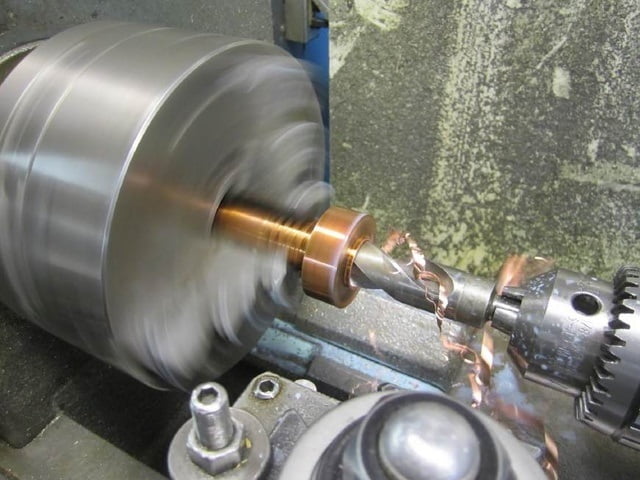
About 4-axis
4-Axis CNC machining is where a fourth axis is added to the motion of the cutting tool, allowing rotation around the x-axis, i.e. there are 4 axes - x-axis, y-axis, z-axis and a-axis. Most 4-axis CNC machines also allow the workpiece to rotate, which is called the b-axis, so that the machine can act as both a milling machine and a lathe.
If you need to drill holes in the side of a piece or in the curved surface of a cylinder, 4-axis CNC machining is the way to go. It greatly speeds up the machining process and has a high degree of machining accuracy.
About 5-axis machining
5-axis CNC machining is one more rotary axis on top of the 4-axis, generally 360° rotation of the upright surface. 5-axis is already available for full machining, which can realize one clamping, which can reduce clamping cost and reduce product scratching and bruising.
Because of the 5-axis CNC machining has a high degree of versatility, for the manufacture of complex precision parts. For example, medical parts for artificial prosthesis or bones, aerospace parts, titanium parts, oil and gas mechanical parts, military products, etc.
Although the advantages of 5-axis compared to 4-axis and 3-axis are very prominent, however, not all products are suitable for 5-axis machining, and what is suitable for 3-axis machining is not necessarily suitable for 5-axis machining, if the original 3-axis products can be processed with 5-axis machining, it will not only increase the cost, but also the effect is not necessarily good.

